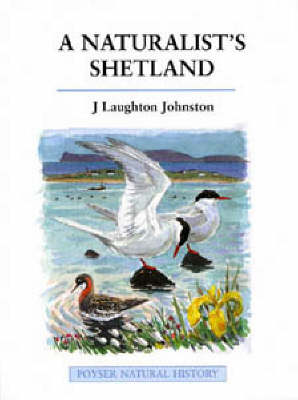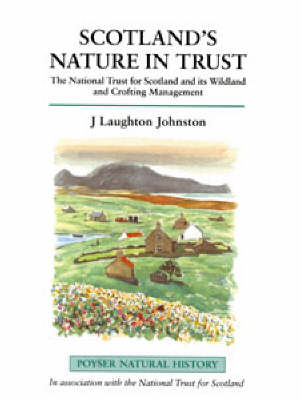Poyser Natural History
2 total works
One of Britain's natural treasures, the Shetland Islands are spectacular with their varied geology, wonderful landscape, and special flora and fauna. They are peopled by a culture distinct within the British Isles. Despite their isolation, the islands have evolved many particular species. This book is only the second to...Read more
One of Britain's natural treasures, the Shetland Islands are spectacular with their varied geology, wonderful landscape, and special flora and fauna. They are peopled by a culture distinct within the British Isles. Despite their isolation, the islands have evolved many particular species. This book is only the second to describe all the wildlife of the Shetland Islands and the first to comprehensively cover their history since the last Ice Age, as well as the human impacts of the Neolithic, Bronze, and Iron Age cultures and the Norse influences from Scandinavia. It critically observes the costs and benefits of a modern economy, both to the people and the natural scene. 12 chapters describe the ecology, flora and fauna, marine fisheries, Fair Isle, local and visiting naturalists and the oil industry. The closing chapter examines today's environmental changes in the context of those of the last 12000 years and draws lessons for the future. Written for the general reader and keen naturalist, this book is lavishly illustrated with photographs and graced with evocative sketches by John Busby. 65 figures, tables, maps and diagrams illustrate and clarify points in the text.
Features: * The only full description of the natural history of the Shetlands in print * Focuses on conservation and the relationship between ecology and human activity * Contains evocative sketches by John Busby
Features: * The only full description of the natural history of the Shetlands in print * Focuses on conservation and the relationship between ecology and human activity * Contains evocative sketches by John Busby
The National Trust for Scotland is one of the largest landowners in Scotland, owning one per cent of its countryside. Half of the Trust land is designated for its natural heritage in one form or another, one being a World Heritage site - the highest accolade that can be...Read more
The National Trust for Scotland is one of the largest landowners in Scotland, owning one per cent of its countryside. Half of the Trust land is designated for its natural heritage in one form or another, one being a World Heritage site - the highest accolade that can be bestowed. This comprehensive title looks at the Trust's credentials for natural heritage management and examines the properties it owns. Could or should the Trust expend its resources equally across its natural heritage responsibilities? How does it fulfill its role as landlord and as part of the local community? These questions and others are answered in this book. The opening chapter briefly discusses the history of the Trust and discusses some of the general countryside management issues of the day with which the Trust has to grapple. There then follows chapters on ten properties which look critically and intimately at their management. The final chapter sums up where the Trust stands today as a natural heritage manager for Scotland and suggests that there is an opportunity ahead for radical change.


